Specification
| Basic Information | |
| Base Frequency | 2.90 GHz |
| Maximum Turbo Frequency | 4.80 GHz |
| Cache | 16 MB SmartCache |
| Cores | 8 |
| Threads | 16 |
| Default TDP | 65 W |
| Memory Specifications | |
| Maximum Size | 128 GB |
| Maximum Speed | 2933 |
| Type | DDR4 |
| Max Number of Channels | 2 |
| Graphics Specifications | |
| Processor Graphics | Intel UHD Graphics 630 |
| Base Frequency | 350 MHz |
| Max Dynamic Frequency | 1.20 GHz |
| Max Resolution | Max Resolution (HDMI 1.4): 4096×2160@30Hz Max Resolution (DP): 4096×2304@60Hz Max Resolution (eDP – Integrated Flat Panel): 4096 x 304 @60Hz |
| Core Count | 8 |
| Warranty Information | |
| Manufacturing Warranty | 03 years (No Warranty for Fan or Cooler) |
Intel Core i7-10700 10th Gen Processor
Introducing the all-new 10th Generation Intel Core i7 10700 processor, Unlocked 10th Gen Intel Core desktop processors are optimized for enthusiast gamers, overclockers, and serious content creators looking to take advantage of amazing overclocking and unleash the performance capabilities of these new processors. With an optimal balance of frequency, cores and threads, advanced tuning support, and blazing connectivity unlocked 10th Gen Intel Core processors supercharge desktops for a competitive edge.
Intel 10th Generation Core i7-10700 Processor having the base frequency of 2.90 GHz that can be reached as max turbo frequency at 4.80 GHz. It has the SmartCache of 12 MB containing 8 cores and 16 threads. With the bus speed of 8 GT/s DMI3, it has integrated Intel UHD Graphics 630. This internal graphics has 350 MHz of base & 1.20 GHz of max dynamic frequency and 64 GB of video max memory. Considering the memory this processor has dual-channel of max 128GB of the size that supports up to DDR4-2666 bus speed. Experience amazing gameplay and creativity with Intel’s supported platform features. Get more from your PC build by untethering with Intel Wi-Fi 6 (Gig+), versatile connectivity with Thunderbolt 3, and accelerated responsiveness with Intel Optane memory. Whether you’re looking to fully experience the latest games and entertainment or boost your productivity when creating or running the latest business productivity apps, Intel’s newest lineup of desktop processors delivers powerful features that empower you to do more.
This processor has 03 years warranty (no warranty for fan or cooler).
Intel Core i7-10700 Processor
The understanding of the way that Intel references its TDP (thermal design point) values has gone through a mini-revolution in the last few years. We have had an almost-decade of quad-core processors at around 90 W and 65 W, and most of them would never reached these numbers even under turbo modes – for example, the Core i5-6600K was rated at 91 W, but peak power draw was only 83 W. This has been the norm for a while, until recently when Intel had to start boosting the core count. As we have slowly gone up in core count, from 4 to 6 to 8 and now 10, these numbers have seemed almost arbitrary for a while.
The reason comes down to what TDP really is. In the past, we used to assume that it was the peak power consumption of the processor was its TDP rating – after all, a ‘thermal design point’ of a processor was almost worthless if you didn’t account for the peak power dissipation. What makes Intel’s situation different (or confusing, depending on how you want to call it) is that the company defines its TDP in the context of a ‘base’ frequency. The TDP will be the maximum power under a sustained workload for which the base frequency is the minimum frequency guarantee. Intel defines a sustained workload one in which the ‘turbo budget’ has expired, and the processor will achieve its best frequency above base frequency (but not turbo modes) .
Even though the TDP is 125 W vs 65 W, the peak turbo frequency difference is only +300 MHz, and the all-core turbo difference is only +100 MHz. In contrast, the base frequency difference is +900 MHz, and that is ultimately what the user is paying for. But this base frequency only matters if the motherboard bothers to put a cap on turbo budgets.
The base frequency is more of a minimum guaranteed frequency, than an absolute ‘this is what you will get’ value under a sustained workload. Intel likes to state that the base frequency is the guarantee, however if a processor can achieve a higher frequency while power limited, it will – if it can achieve that power value with 200 MHz above base frequency, it will run at the higher frequency. If this sounds familiar, this is how all AMD Ryzen processors work, however Intel only implements it when turbo is no longer available. This ends up being very processor dependent.
For the turbo, as mentioned, Intel has recommendations for power levels and turbo time in its documentation, however OEMs and motherboard manufacturers are free to routinely ignore it. This is no more obvious than when comparing these two processors. What does this mean for end-users? Well, graphs like this.
Be the first to review “Intel Core i7-10700 10th Gen Processor” Cancel reply
Related products
Components
Components
Components
Components
Components
Components
Components
Components




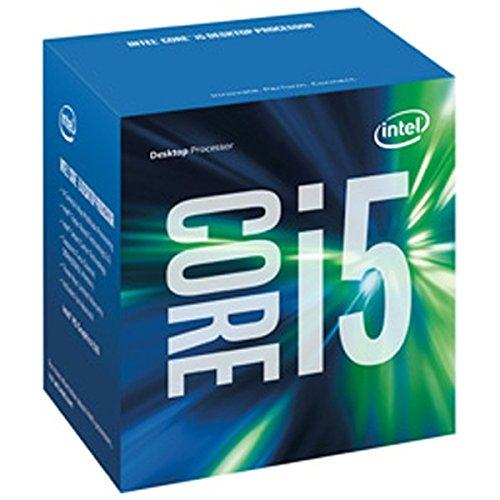
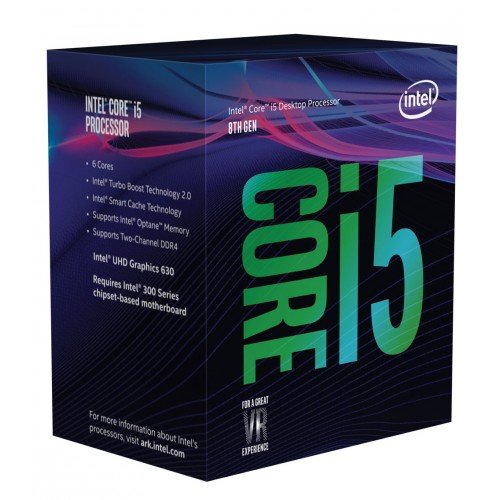

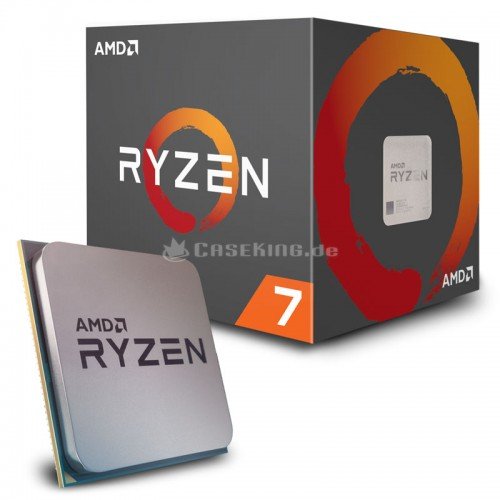
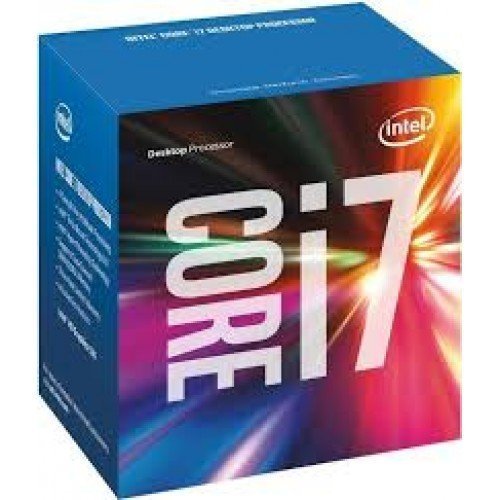
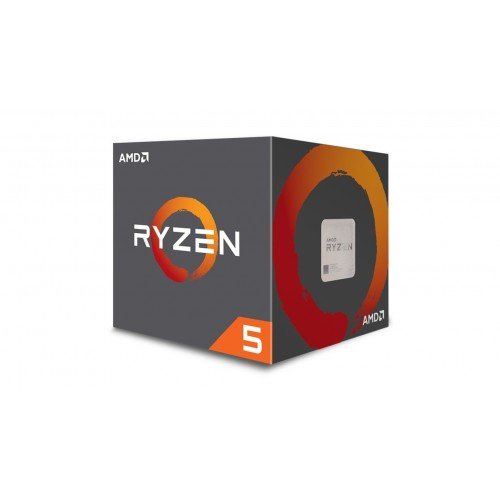
Reviews
There are no reviews yet.